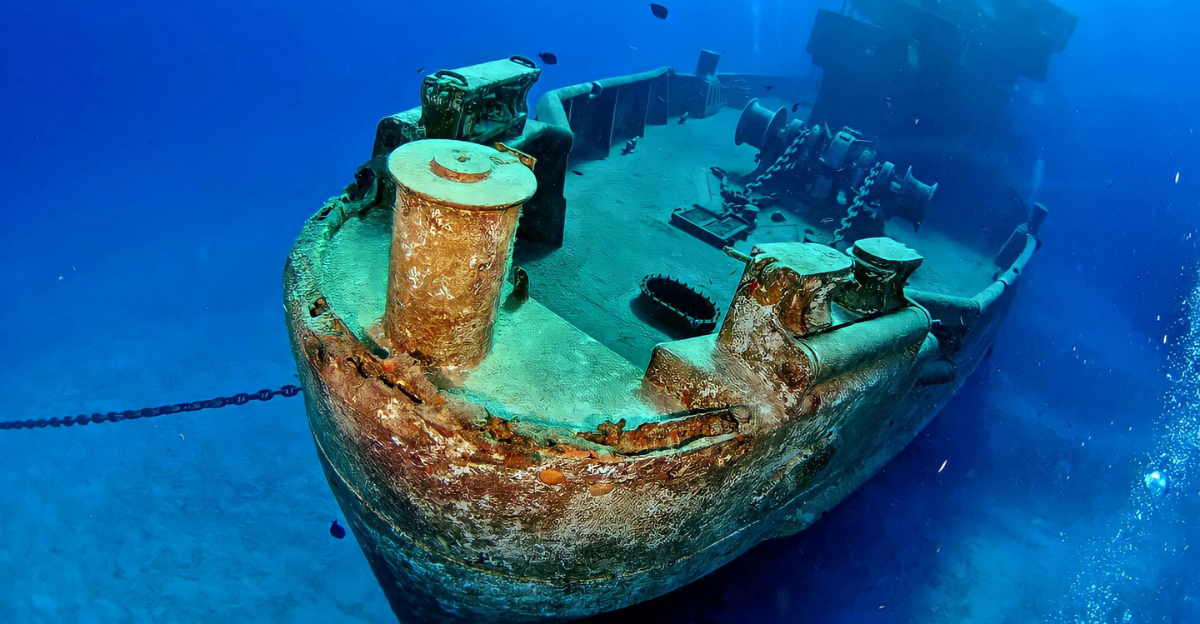
A legendary ocean liner may soon find a new home—at the bottom of the Gulf of Mexico. Florida officials have greenlit a bold plan to sink the SS United States, transforming it into the world’s largest artificial reef. This historic move isn’t just great for marine life—it’s set to send coastal property values soaring by $12 billion, thanks to booming tourism and economic growth. Here’s how this underwater marvel could change everything.
The SS United States: A Legendary Ship’s Final Voyage
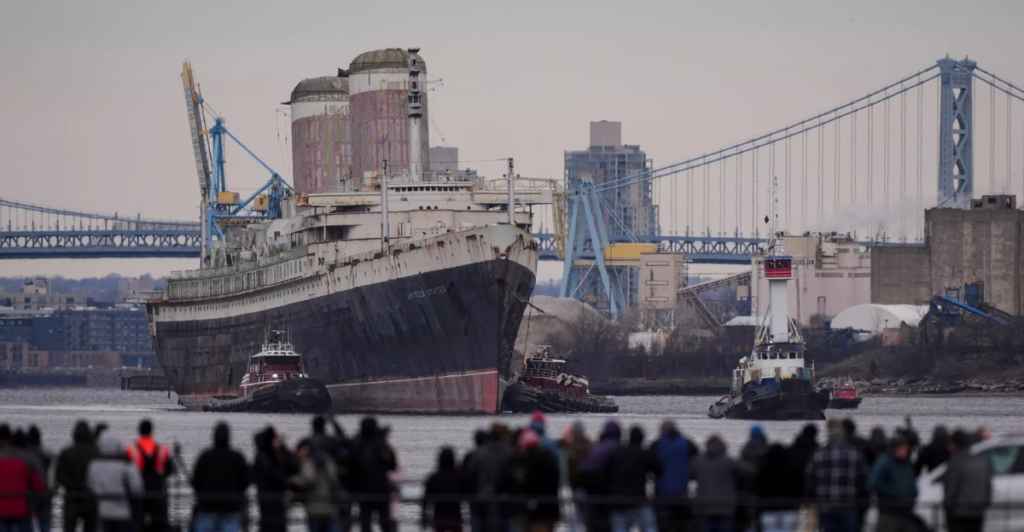
Bigger than the Titanic and holder of the transatlantic speed record since 1952, the SS United States was once a marvel of engineering. But after decades of neglect and failed redevelopment plans, this iconic vessel is set for a historic transformation. Soon, it will become the world’s largest artificial reef—creating an unprecedented economic and environmental impact.
A Fading Legend—Years of Uncertainty

Following its retirement, the SS United States became a reserve ship before bouncing between private owners. Various plans—ranging from a floating hotel to a museum—never materialized due to high costs. By the 1990s, much of its interior was stripped and sold. The SS United States Conservancy purchased it in 2011, hoping to repurpose it as a mixed-use destination, but funding fell short.
A $10 Million Investment With Billions in Returns
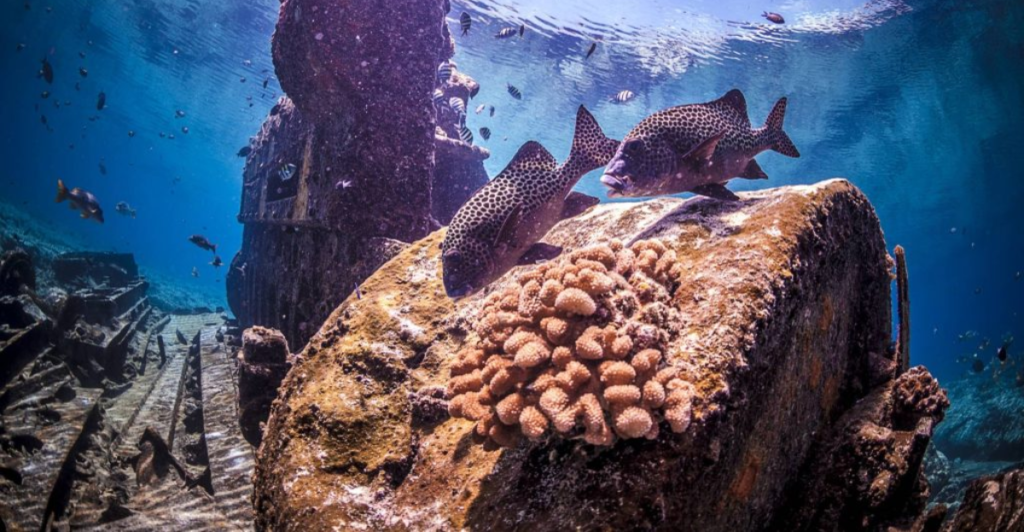
After decades of uncertainty, the SS United States is set for a final transformation. A Florida county has acquired the vessel for $1 million. The project, backed by a $9 million budget, includes acquiring, remediating, transporting, and deploying the ship in the Gulf of Mexico off Destin-Fort Walton Beach.
The Gulf’s Newest Economic Powerhouse
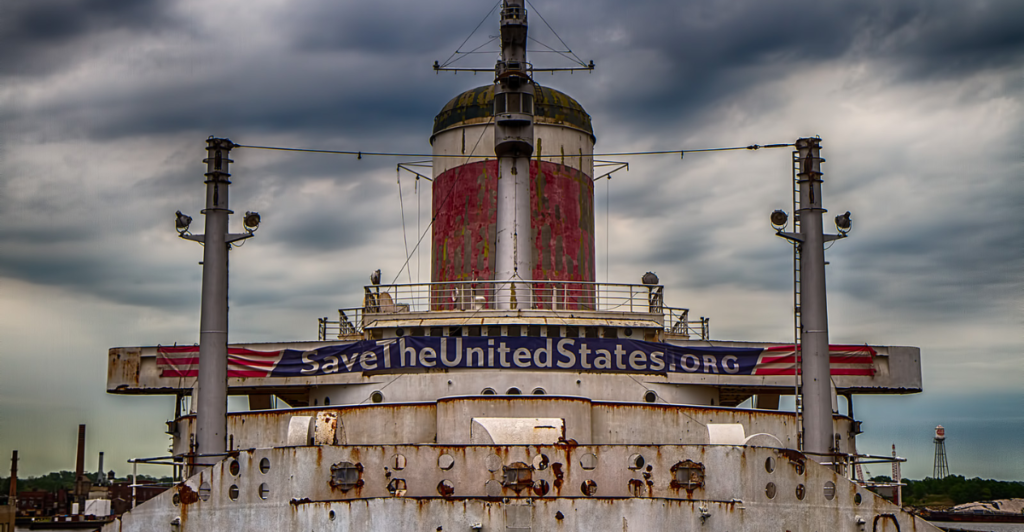
Artificial reefs in Florida have already proven their economic value. In northwest Florida alone, they generate $414 million annually, supporting over 8,100 jobs. With the SS United States’ size and historical allure, this reef will become a world-class diving and fishing destination—injecting even more revenue into coastal communities.
The $12 Billion Property Boom—Why It’s Happening
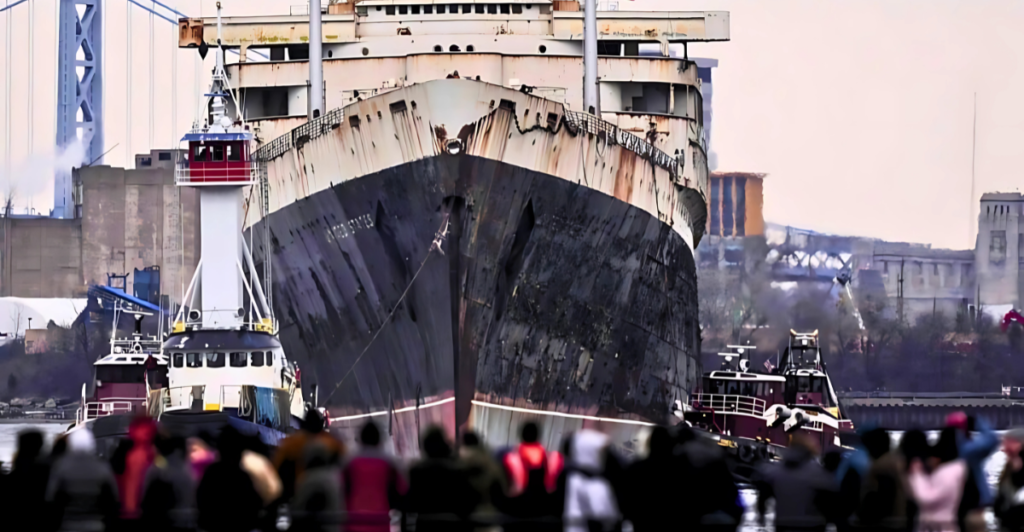
Property values near artificial reefs have consistently surged. As tourism, recreation, and business investments grow, demand for coastal properties skyrockets. The SS United States reef will amplify this trend, attracting divers, conservationists, and high-net-worth buyers eager to live near an environmental wonder.
The Tourism Magnet: A Landmark Below the Waves
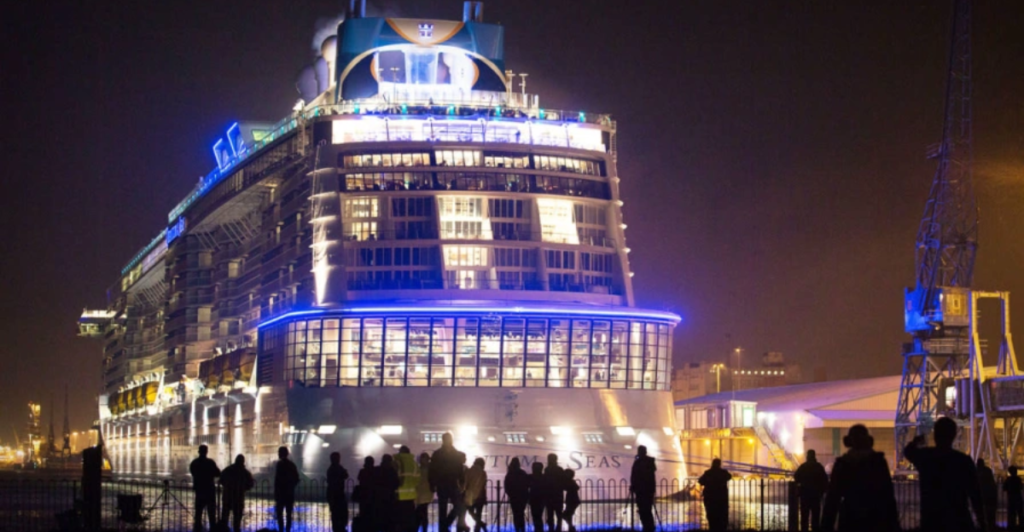
Landmarks drive tourism. The USS Spiegel Grove reef increased dive-related expenditures by $2.6 million—but it was only 510 feet. The SS United States is nearly twice that size and carries global recognition. This artificial reef won’t just draw divers; it will become an international icon, fueling long-term tourism growth.
The “Blue Economy” Premium—Why Buyers Pay More
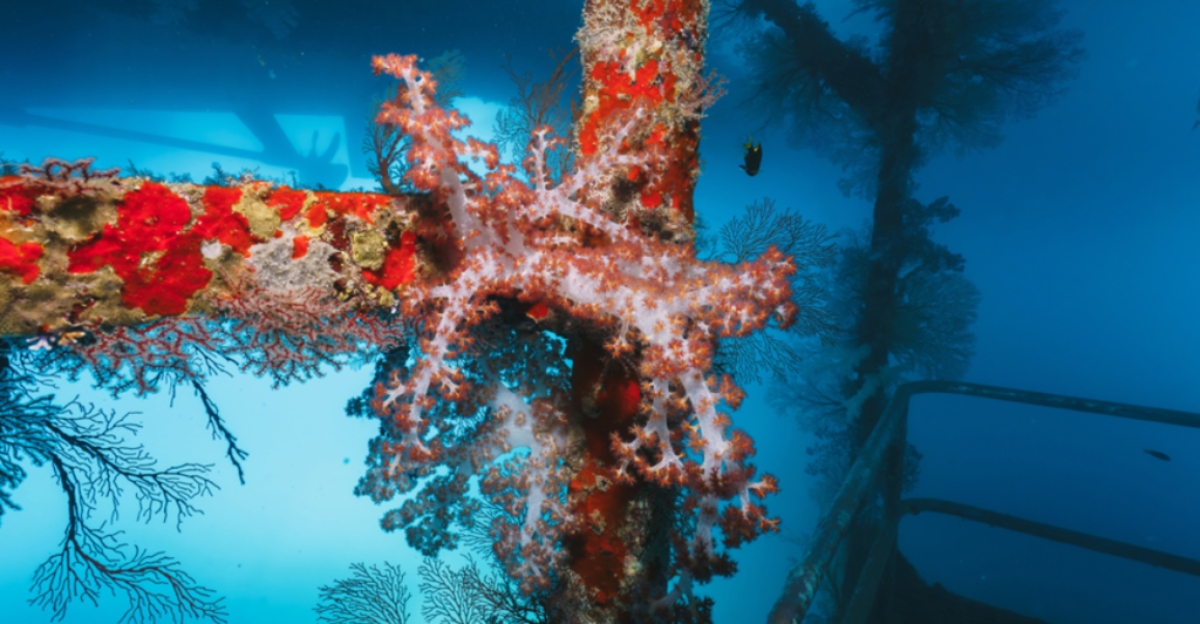
Coastal real estate markets respond to marine environmental quality. Artificial reefs enhance water clarity, marine biodiversity, and recreational access—all of which increase property desirability. A well-documented 15-40% property premium has been observed near thriving marine ecosystems, making the SS United States project a catalyst for record-breaking real estate appreciation.
Infrastructure Expansion—The Ripple Effect of Investment

As tourism and real estate booms, infrastructure follows. Roads, hotels, marinas, and businesses expand to meet demand, further boosting property values. The SS United States reef will spark long-term development, mirroring trends seen in major eco-tourism hubs worldwide.
Precedents Prove the Model—Beachfront Booms & Green Developments
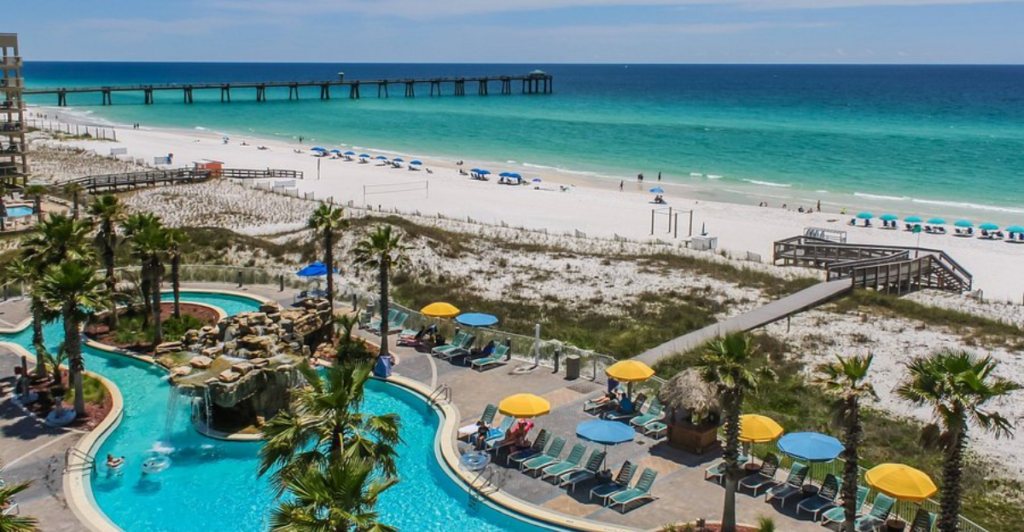
Coastal enhancement projects consistently yield massive returns. Florida’s beach restoration projects have increased property values by $5 to $15 for every $1 spent. The New York High Line turned an abandoned rail line into a $2 billion real estate goldmine. Artificial reefs, offering similar environmental enhancements, follow the same economic trajectory.
More Than Tourism—Research, Conservation & Innovation
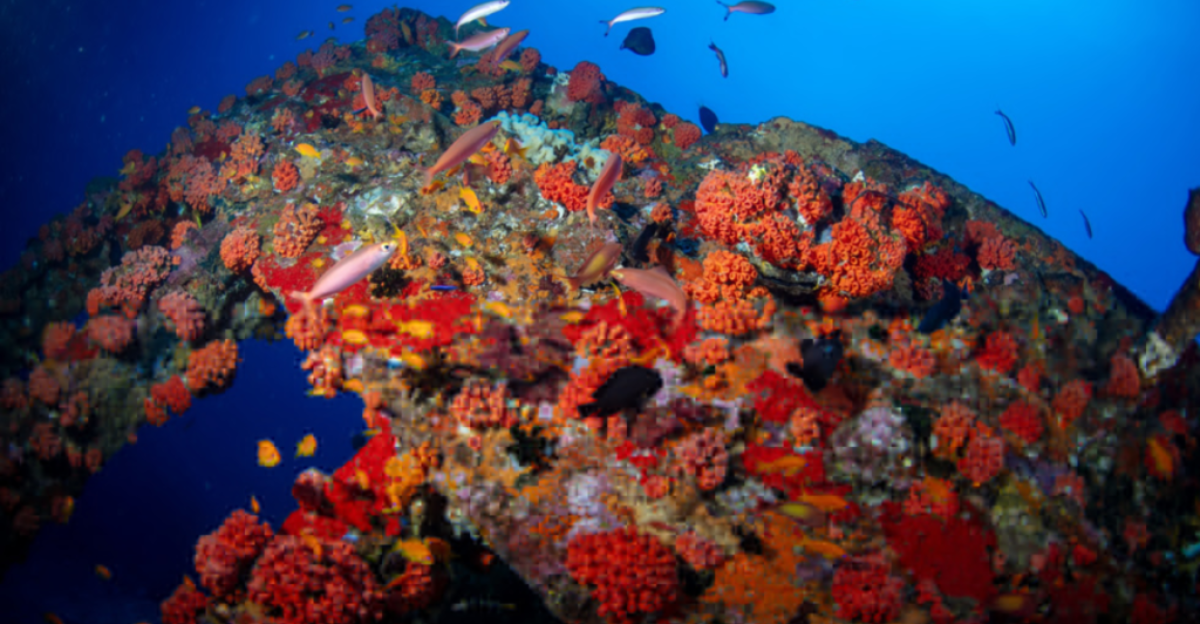
Artificial reefs attract not only tourists but also marine scientists, universities, and conservation groups. This intellectual and technological influx fosters job creation and new industries, from sustainable fisheries to underwater research centers. The SS United States reef will anchor a broader economic shift beyond just tourism.
Preserving the Legacy: A Land-Based Museum & Cultural Hub
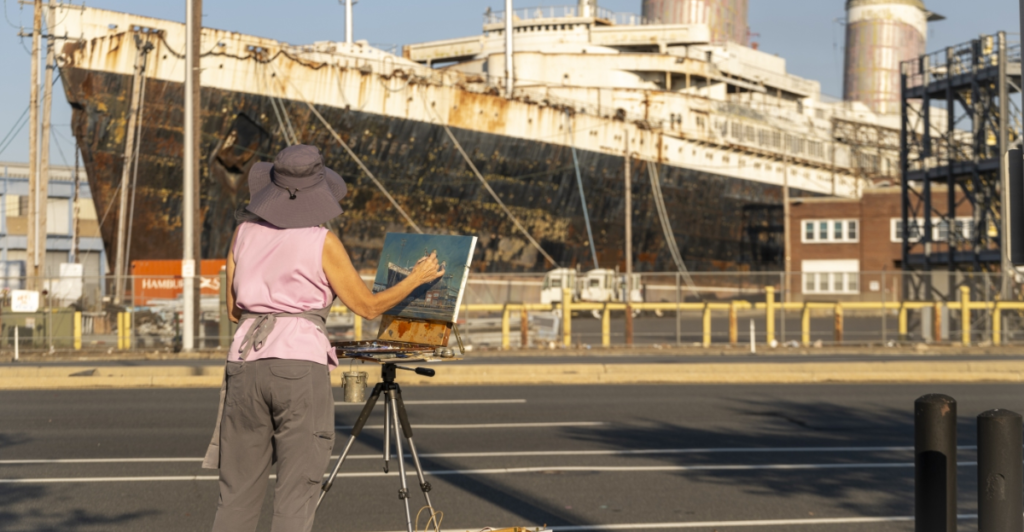
The SS United States’ history won’t be lost beneath the waves. A land-based museum in Destin-Fort Walton Beach will showcase key artifacts, preserve the ship’s legacy, and educate visitors. This dual attraction—an underwater reef and a historical exhibit—will create an unmatched cultural and economic draw.
A $12 Billion Opportunity We Can’t Ignore
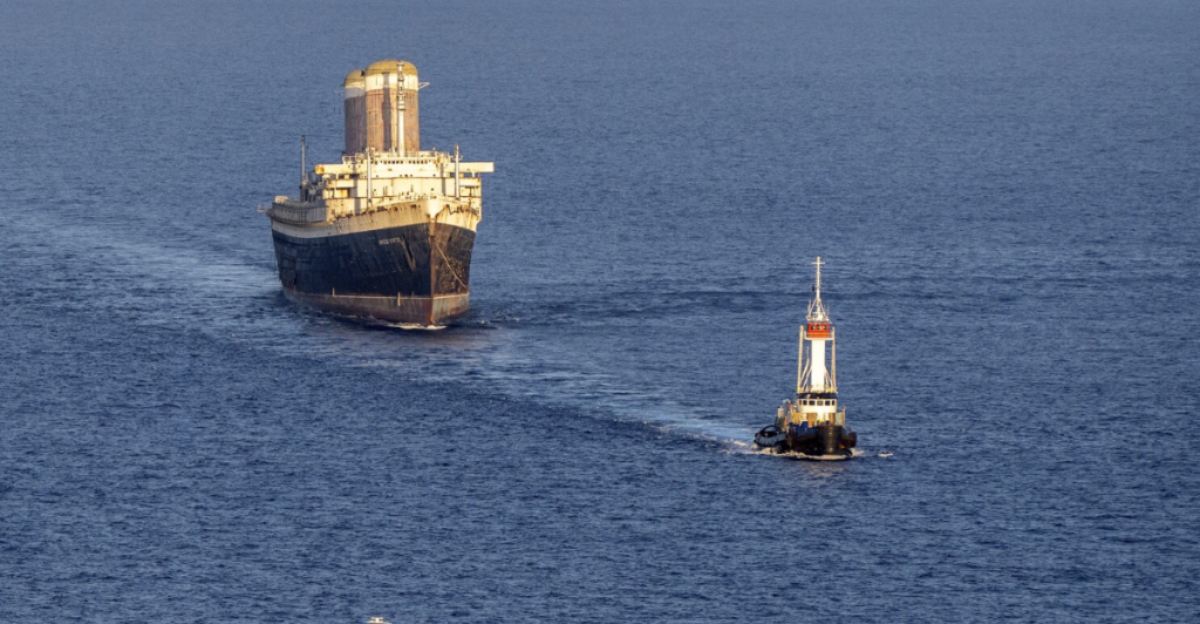
The SS United States artificial reef project isn’t just an environmental initiative—it’s a transformative economic engine. From record-setting property appreciation to sustained tourism and business growth, this investment is set to redefine coastal economies. As history has shown, well-planned marine projects don’t just benefit the ocean—they create wealth, opportunity, and a thriving future.
Explore more of our trending stories and hit Follow to keep them coming to your feed!

Don’t miss out on more stories like this! Hit the Follow button at the top of this article to stay updated with the latest news. Share your thoughts in the comments—we’d love to hear from you!







